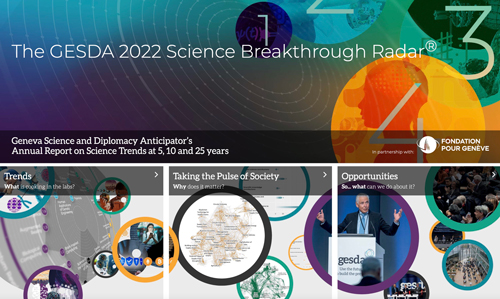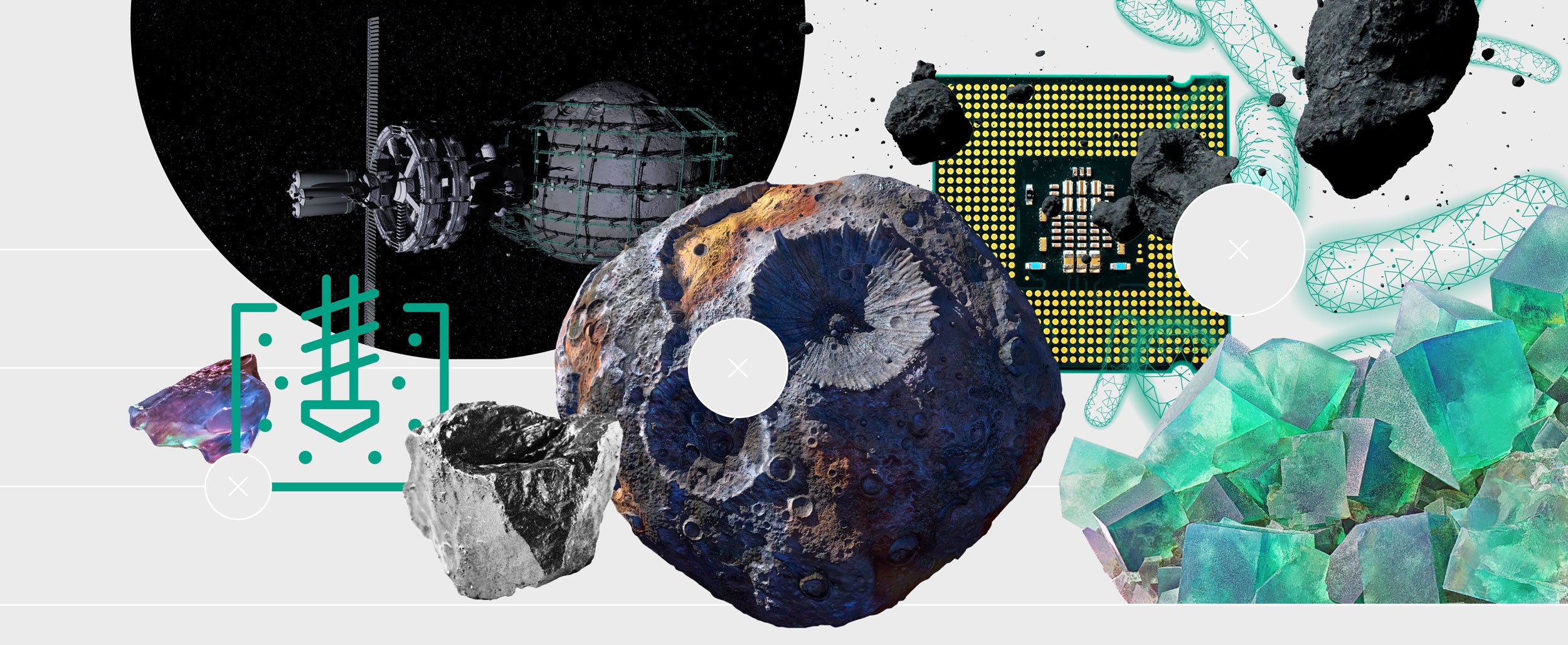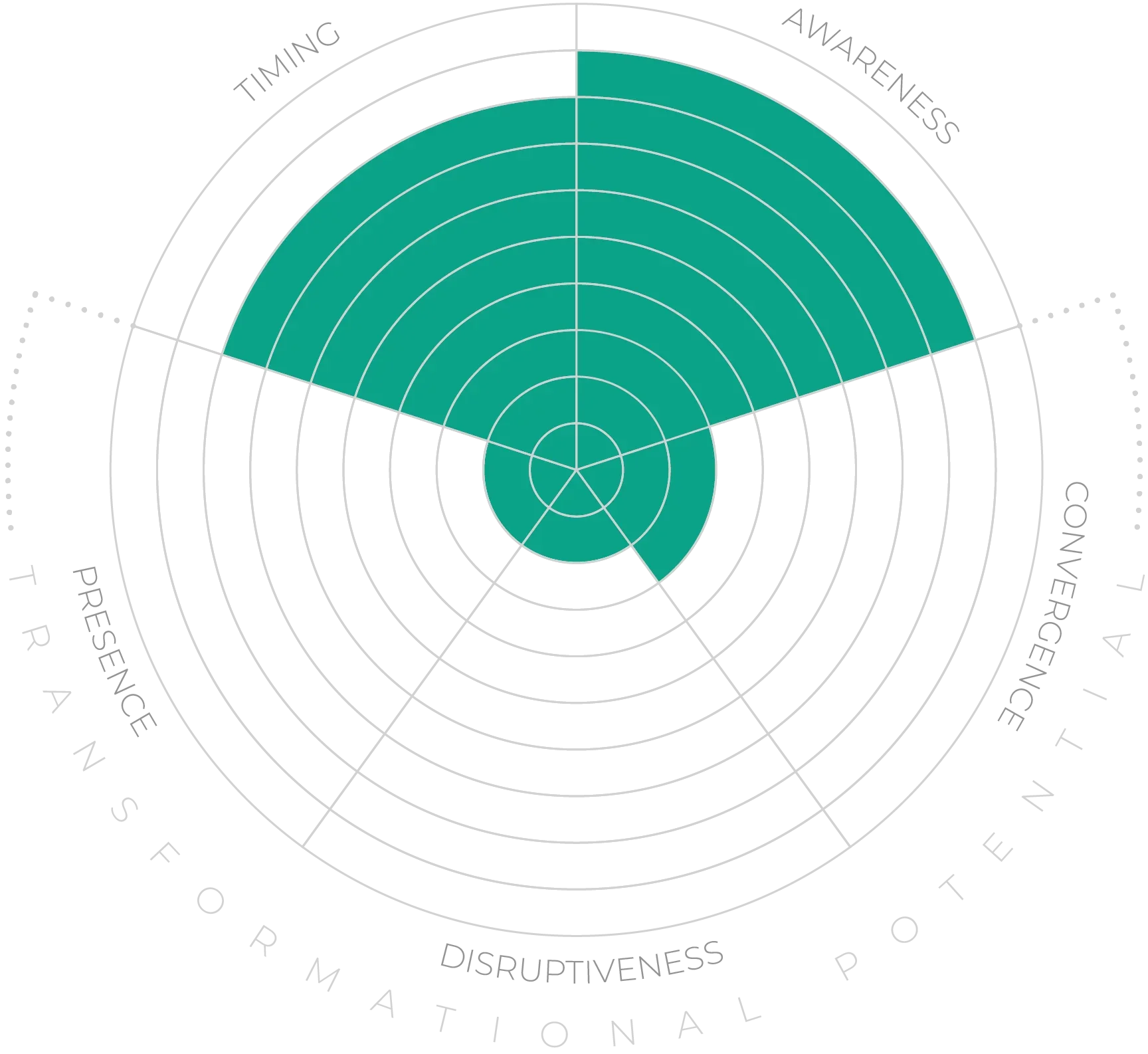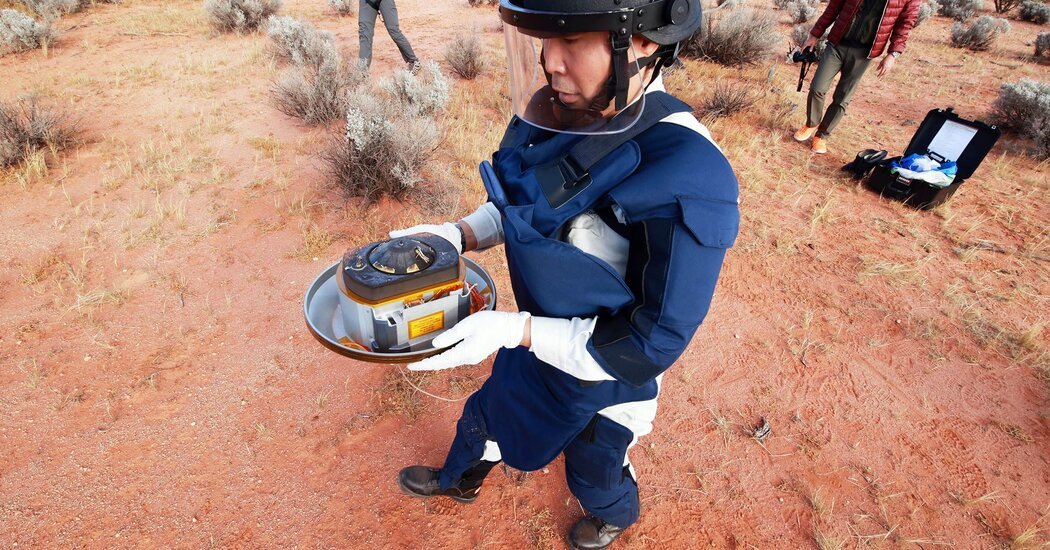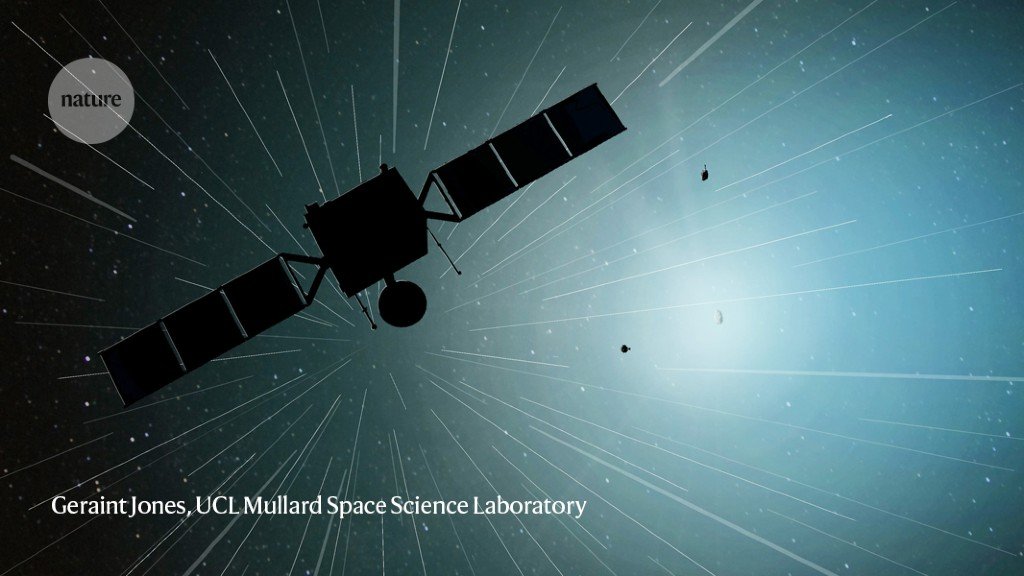Up until less than a century ago, society utilised just a few materials widely, including wood, brick, iron, copper, gold, silver, and a few plastics.33 Today, a modern computer chip employs more than 60 different elements.34 For a range of different metals, the potential substitutes for their major uses are either inadequate or appear not to exist at all. Some asteroids are thought to contain significant deposits of rare metals and minerals, and are therefore a potential target for mining. In fact, the presence of metals on the Earth’s surface where we can extract them, rather than deep in the core, is thought to be the result of asteroid impacts in the first place.35
A study from 2012 estimated that moving a 7-meter diameter near-Earth asteroid into low-Earth orbit would cost about $2.6 billion USD and take 6-10 years.36 A rare-earth-metal mine has almost comparable set-up costs of around $1 billion USD.37 This study, however, was not extended to potential profitability of such retrieval. We know from meteorites that some asteroids are richer in platinum than any mine on Earth.38 However, the large and long-term investments required for the demonstration of asteroid resource extraction have forced space mining companies to adjust their short-term ambitions, for now.39,40 Nonetheless, the interest in this area raises the need to tackle important questions about how these resources ought to be governed under international law.
In addition to the presence of useful resources, the characterisation of asteroids is interesting for other important reasons. One is mitigating potentially devastating hazards: An asteroid impact is the most widely accepted theory for the mass extinction at the end of the Mesozoic Era.41 Besides Apophis, a near-Earth asteroid over 300 meters wide recently declared no longer at risk of a collision with Earth in 2029, there are many near-Earth asteroids traversing the Solar System that are as yet uncatalogued. Another is enhancing scientific knowledge: asteroids contain unique information from the origins of the Solar System. And as our understanding of organisms able to survive extreme environments, so-called extremophiles, grows, so does the momentum of the theory that life may have emerged on Earth as the result of the arrival of a microbe-containing meteorite that impacted the surface.42
